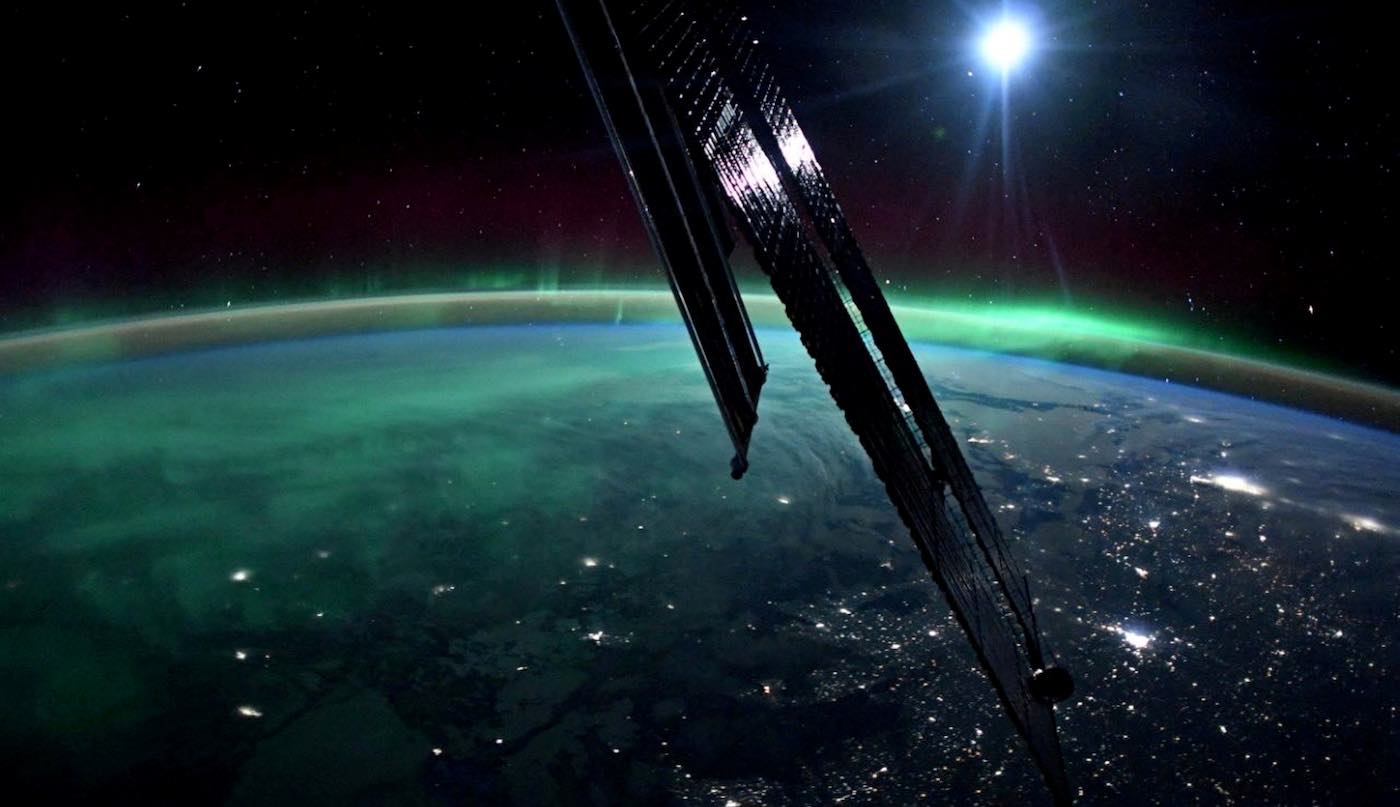NASA astronaut Josh Cassada, who lives on the International Space Station (ISS), took an image of an aurora from orbit. He tweeted the image and described it as “absolutely unreal.” Recent intense solar activity has amplified the light displays by interacting charged solar particles with molecules in the Earth’s atmosphere.
The aurora is one of the most stunning natural phenomena that can be observed on Earth. It is created when charged particles like electrons and protons clash with gases in Earth’s upper atmosphere. Josh Cassada, a NASA astronaut, posted a photo demonstrating that auroras may appear better when you are 250 kilometers above the planet.
Currently residing on the International Space Station, Cassada tweeted this picture of the northern lights and the phrase “Absolutely unbelievable.” In addition to the aurora, the image also shows the solar arrays that are a part of Earth’s space station and city lights.
As we already know, charged particles colliding with the Earth’s highest reaches’ atmosphere cause auroras. Yet, the Earth’s magnetic field directs most of these charged particles in that direction. The North and South Magnetic Poles of the globe are formed by aurora ovals caused by the magnetic field’s shape.
As most people have yet to have the good fortune to see the aurora from a space station, traveling to northern countries like Greenland, Norway, Sweden, Finland, and others is the most excellent way to see this breathtaking natural phenomenon. Tasmania, Australia, and New Zealand are the best places to see auroras on the other half of the globe.
Yet, The Weather Network reports that the solar activity responsible for these auroras has been increasing recently. On February 24, a “coronal mass ejection,” or solar explosion, sparked a geomagnetic storm and a quick solar wind.
As a result, auroras were seen in places where they otherwise wouldn’t have been, such as the United Kingdom, according to a report by The Guardian. Intriguingly, a commercial flight pilot from Iceland to Manchester reportedly executed a 360-degree turn to offer passengers a view of the breathtaking northern lights as they lit up the country’s skies on a rare occasion, according to a BBC story.















